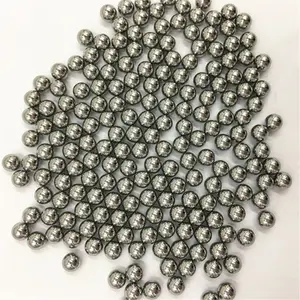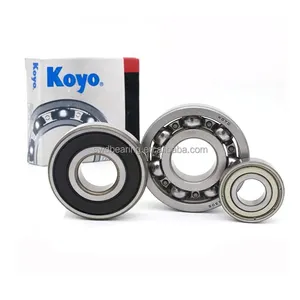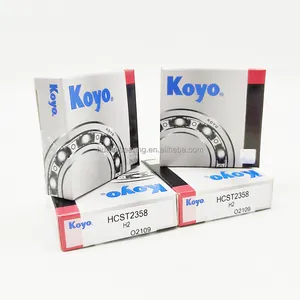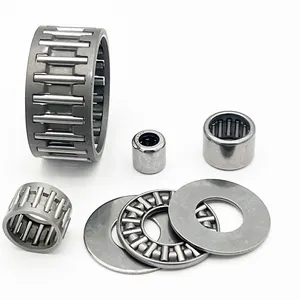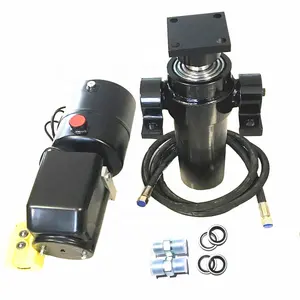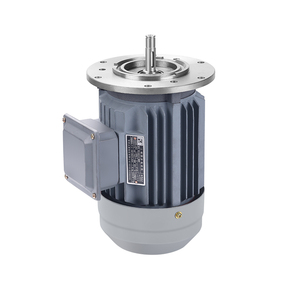Popular in your industry






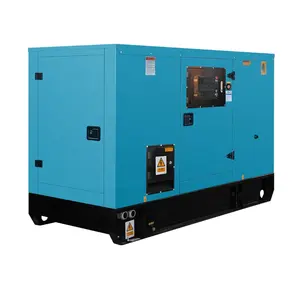































































Related Searches:



























































































































Top categories
About asynchronous generator
Understanding Asynchronous Generators
An asynchronous generator is a cornerstone in modern industrial applications, known for its ability to convert mechanical energy into electrical energy without synchronous speed. This type of generator is particularly prevalent in scenarios where variable speeds are beneficial, such as in asynchronous generator wind turbines. The versatility of these generators allows them to operate under fluctuating loads, making them suitable for a wide range of industrial uses.
Types and Applications
The double fed asynchronous generator and the doubly fed asynchronous generator are two prominent types, each with unique applications. The double fed variant is often employed in wind turbines due to its ability to efficiently handle variable speeds and loads. On the other hand, the doubly fed type is known for improved energy conversion efficiency, making it a preferred choice in power generation systems. Both types are integral in the transition towards renewable energy, especially within asynchronous generator in wind turbine systems.
Features and Advantages
One of the defining features of an asynchronous motor as generator is its ability to maintain a steady electrical output even when the mechanical input varies. This characteristic is crucial for applications such as wind turbines, where wind speed is not constant. The asynchronous induction generator, a subtype of asynchronous generators, is favored for its robustness and low maintenance requirements, making it a reliable choice for continuous operation in harsh environments.
Materials and Construction
The construction of an ac asynchronous generator involves high-quality materials designed to withstand the rigors of industrial operation. The materials used must accommodate the thermal and mechanical stresses encountered during operation. While specifics can vary, the emphasis is always on durability and efficiency to ensure the generator's longevity and optimal performance.
Choosing the Right Asynchronous Generator
Selecting the appropriate asynchronous ac generator involves considering factors such as operational noise, flexibility, and size. A generator that operates quietly is essential to avoid disruptions, particularly in noise-sensitive areas. Flexibility refers to the generator's adaptability to various applications, a critical consideration for businesses seeking versatile equipment. Size is another crucial factor, as it must correspond to the intended application to prevent overworking the generator, ensuring efficient operation and longevity.
Principles and Innovations
Understanding the asynchronous generator working principle is key to appreciating its role in modern industry. This principle involves electromagnetic induction without the need for mechanical synchronization. Innovations in this field have led to the development of specialized types, such as the wind turbine asynchronous generator in isolated network, which is designed to provide reliable power in remote locations without access to a central grid.
